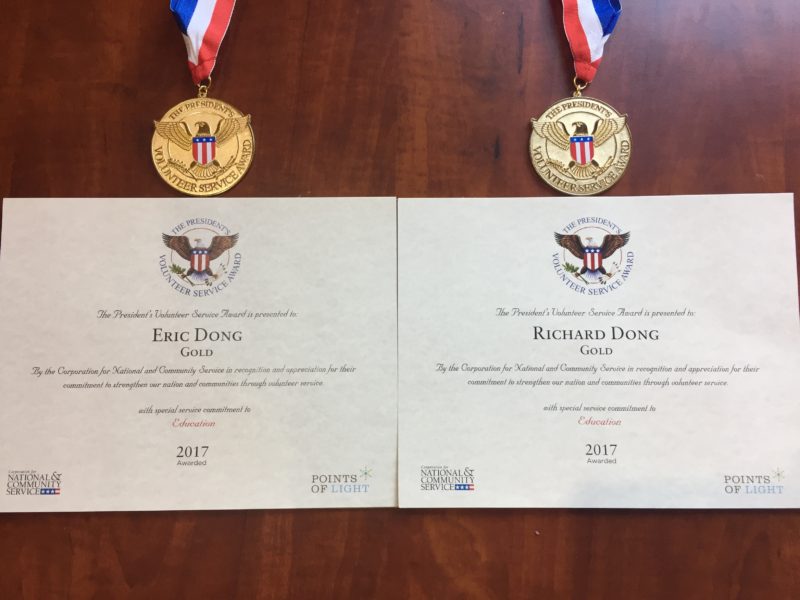
By Sandip Shah and Joe Black
The Trump administration is pushing for dramatic cutbacks at the National Institutes of Health. The proposed $5.8 billion cut from the agency’s annual $32 billion budget would translate into 5,000 to 8,000 fewer grants per year for basic medical research.
But the impact of such cuts would actually be much broader, totaling $15 billion in lost economic activity and 90,000 jobs lost nationwide.
That’s because NIH isn’t an isolated entity; it’s a hub of public-private partnerships. Without sufficient funding, these partnerships would dissolve and America would lose an essential catalyst to biomedical innovation.
The idea for a new cure often begins in an NIH lab. In the 90s, NIH research on genes and molecules led to the development of Gleevec, a chemotherapy drug that targets a signaling molecule inside cells, preventing them from turning cancerous and multiplying. It’s now on the World Health Organization’s List of Essential Medicines.
As recently as June, NIH researchers announced that they may have found the genetic cause of Cushing’s syndrome, a major hormonal disorder.
NIH research results can lead to a wide range of potential medicines, but they don’t turn into new drugs and therapies automatically. Actually, only a very limited set of medicines trace their roots directly to government funding. A 2011 study found that although 48 percent of medicines approved by the United States Food and Drug Administration from 1988 to 2005 cited a public-sector patent or publication, only 9 percent of the medicines were patented by public-sectors.
That’s because government research tends to be early stage — it’s often not specific enough to yield an actual experimental molecule. Rather, private sector investment and development of the basic research is critical towards creating innovative medicines and making them accessible to patients.
Bringing a drug to market is an arduous process. On average, it takes $2.6 billion and 12 years of research and testing to bring a new drug to the pharmacy shelf. The NIH will never have sufficient resources to complete to this process — but the private sector does. It can funnel resources into the development and testing of new proposed medications.
To ensure that its discoveries don’t linger as laboratory curiosities but instead eventually become new medicines, the NIH is increasingly working hand-in-hand with biopharmaceutical companies. For instance, the NIH’s “Discovering New Therapeutic Uses for Existing Molecules” program matches researchers with compounds to test ideas for new applications. Eight biopharmaceutical companies, including giants AstraZeneca, Eli Lilly and GlaxoSmithKline, participate in the program.
These partnerships kindle medical innovation. The combination of basic NIH research and applied R&D by biotech companies helps develop 75 percent of the most innovative new drugs annually.
The success of these private-public partnerships shouldn’t be surprising. Public research has spurred the private sector to develop innovative products in a range of industries.
Consider the Defense Advanced Research Projects Agency. Its work in the digital realm launched the internet. Companies like Amazon, Skype and Netflix have built on this achievement to create products and applications that many of us would now struggle to live without.
American innovation is built on public-private partnerships. Cutting the NIH budget isn’t even penny-wise, though it certainly would be pound-foolish. The true cost of these budget “savings” is much too high.
Sandip Shah is the founder and president of Market Access Solutions, a global market access consultancy, where he develops strategies to optimize patient access to life-changing therapies. Joe Black is a director at Market Access Solutions.




